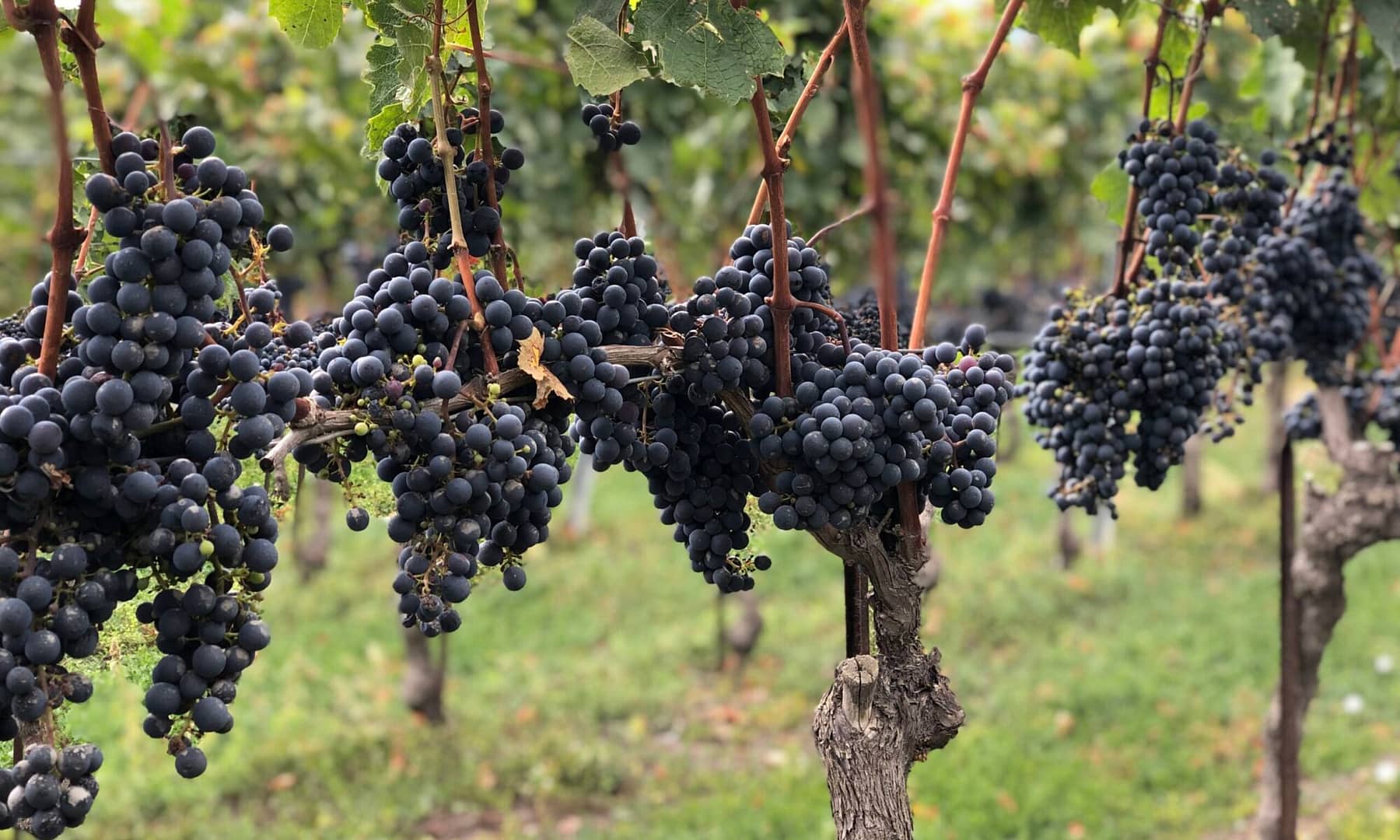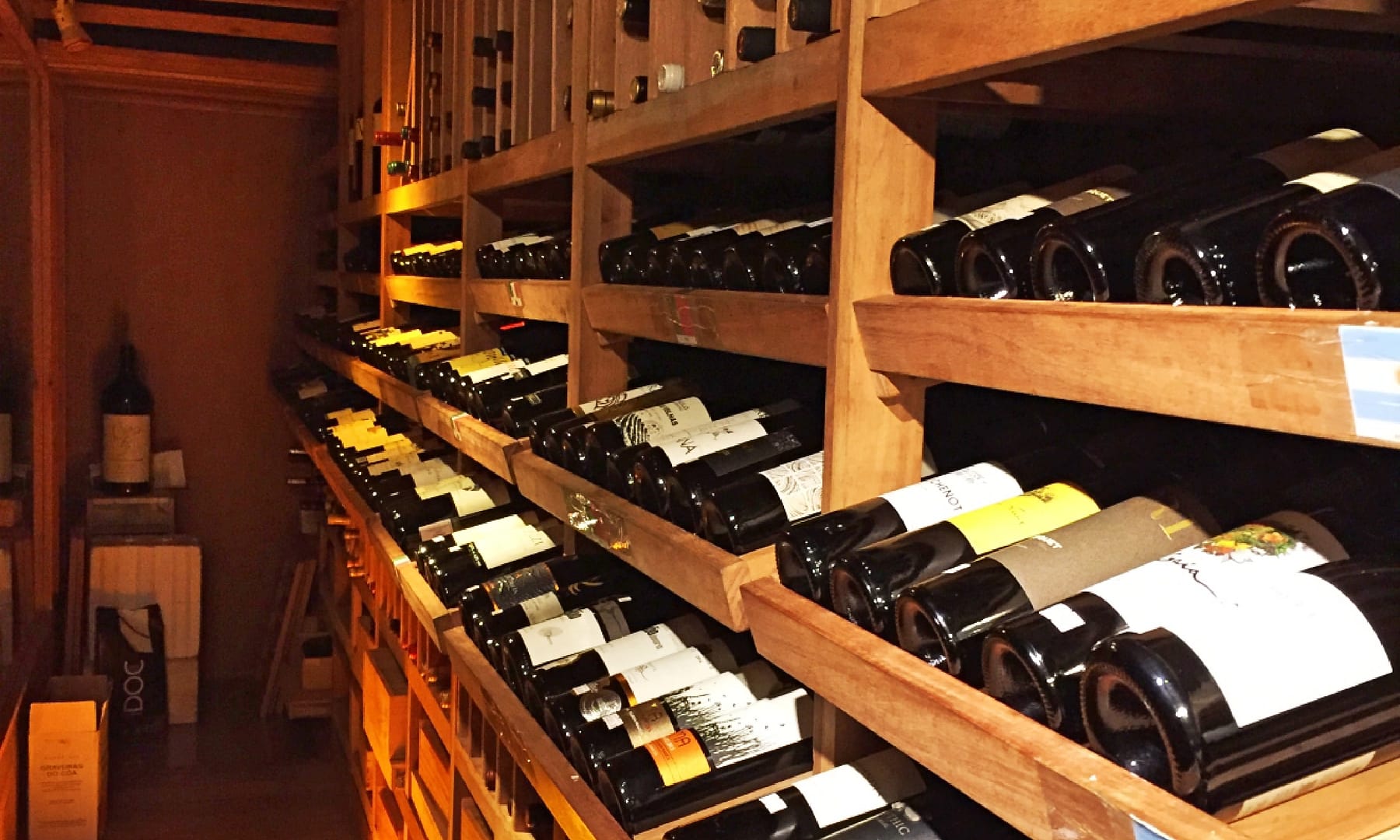Your wine collection is getting bigger and wine storage is becoming an increasing concern.
Your fridge is full of sparkling wine, your charming little wine fridge it out of empty slots, the boxes start to pile up in the kitchen. It’s time to start looking for the next place in your house with the right conditions to accomodate the collection you so much care about.
We have previously discussed on why and when wine can benefit from bottle aging process. This time we are going to tap on how to find the most suitable place available in your house for that process to develop smoothly.
An anecdote on storing wine
Before bullet-pointing some guidelines on how to care for your wine storage, there is a short story on how to approach the process. It’s a simple yet quirky way to visualize what are you aiming for when setting up your cellar.
Imagine wine as a living being. It will age while having a proper sleep (or you can call it hibernation if you are talking about a Barolo or Saint-Estèphe, for example). What would be then the ideal conditions for a long and relaxing rest? Let’s start with lying down on a horizontal position. Light can be quite disruptive so we are also looking for a dark place. Temperature should be adequate; too warm or too cold can be bothering and we are looking for a nicely chilled environment. Also, imagine we’ll have only one blanket so if the temperature fluctuates a lot, it can be annoying to adapt to the changes. No strong smells and also no vibration, so that the dreams are not disrupted. Humidity in the air should also be at the right levels in order to keep the freshness of the environment under control.
This anecdote states the baseline of the conditions we are looking for when choosing a cradle for your aging worth bottles.
Checking the list
Bringing that story to an operational level: why and how to ensure that list of requirements is met?
1. Horizontal position
This is mainly to keep the wine in touch with the cork so that it remains wet. This will cause the cork to swollen and ensure the seal is kept tight, preventing the air to reach the wine inside the bottle.
2. Dark place
The bottle design itself already helps slowing down the aging. The frequent dark brown or green colour of the glass helps filtering the light, but it can’t do the whole job on its own. Light can damage the wine as UV interferes on the chemical reactions of the aging process. Also, choosing incandescent light bulbs over fluorescent ones is a better way to set up light for your wine storage, if needed. The latter should be avoided as it has a larger blue light spectrum, pouring more UV over the bottles.
3. Keeping it cool
We are looking here for the zone between 12C and 15C. If too cold, the wine won’t develop overtime and if too hot, that process will be too fast and can eventually damage the structure of the wine. It might result in some wines developing “cooked” flavours.
4. Avoiding Temperature swings
This is a bit hard to assess as it depends on how much the temperature changes and how fast the swing is. What we are trying to avoid is a sort of a “pumping” effect that can happen to the cork when the content of the bottle (wine + air) expands and shrinks with the temperature changes. This will cause the air to come inside the bottle and affect the aging.
5. Smells
Smells can attach to the cork and eventually the wine if the environment is saturated with strong odours for long periods of time. As a short term concern, the smell can also stick to the bottle and label which can be bothering as you bring the bottle to the table for service. Remember those hanging garlic bulbs on a cord or the cured salami hanging in the cellar? Yeap, not a good idea to have them close to your wine collection.
6. Vibration
There is a bit of debate on this one and some opinions might diverge. The idea is that vibration can impact the chemical reactions involved in the aging process and might speed them up. That acceleration can affect how the wine develops, as well as its structure. There is also the thought that vibration can disturb the sediments overtime not allowing them to sink, which makes them blend with the wine and turn it gritty. Having said that, be mindful if you have any equipment near your bottles that might produce vibration, such as a laundry machine or large engines. However, unless you leave under a train station or a football stadium, vibration might not be a concern to your collection.
7. Humidity
That’s a way to control the condition of the cork from the outside. The idea is to stay between 50% and 80% of relative humidity. If too dry it can impact the lifetime of the cork. If too humid, you can have mould developing on it (which is not a bad sign but could be avoided). Don’t forget that the conditions we are listing here are also a paradise for fungus (have you ever came across pictures of bottles in century old cellars in France…?).
My thoughts on wine storage
Looking at the conditions above, it’s more likely you will find most of them already in the basement of your house and you’ll need to adjust for the ones that need a little tweak.
If a basement is not available, any other vacant room or a closet could be a nice option for your growing collection. In that case, you can start with a piece of furniture (made of wood if possible) as a wardrobe or a door closing cabinet.
If you are willing to invest a bit more, you can also find specialized equipment that controls temperature and humidity of your cellar (if it’s a confined area).
The hardest factor to control for when talking about home-based cellars is the temperature swings, normally due to the change of seasons.
Leaving your more precious bottles or the ones that require longer aging closer to the floor of your cellar is a way to minimize that effect. The temperature fluctuations tend to be smaller there, especially if it’s a cement or stony floor.


